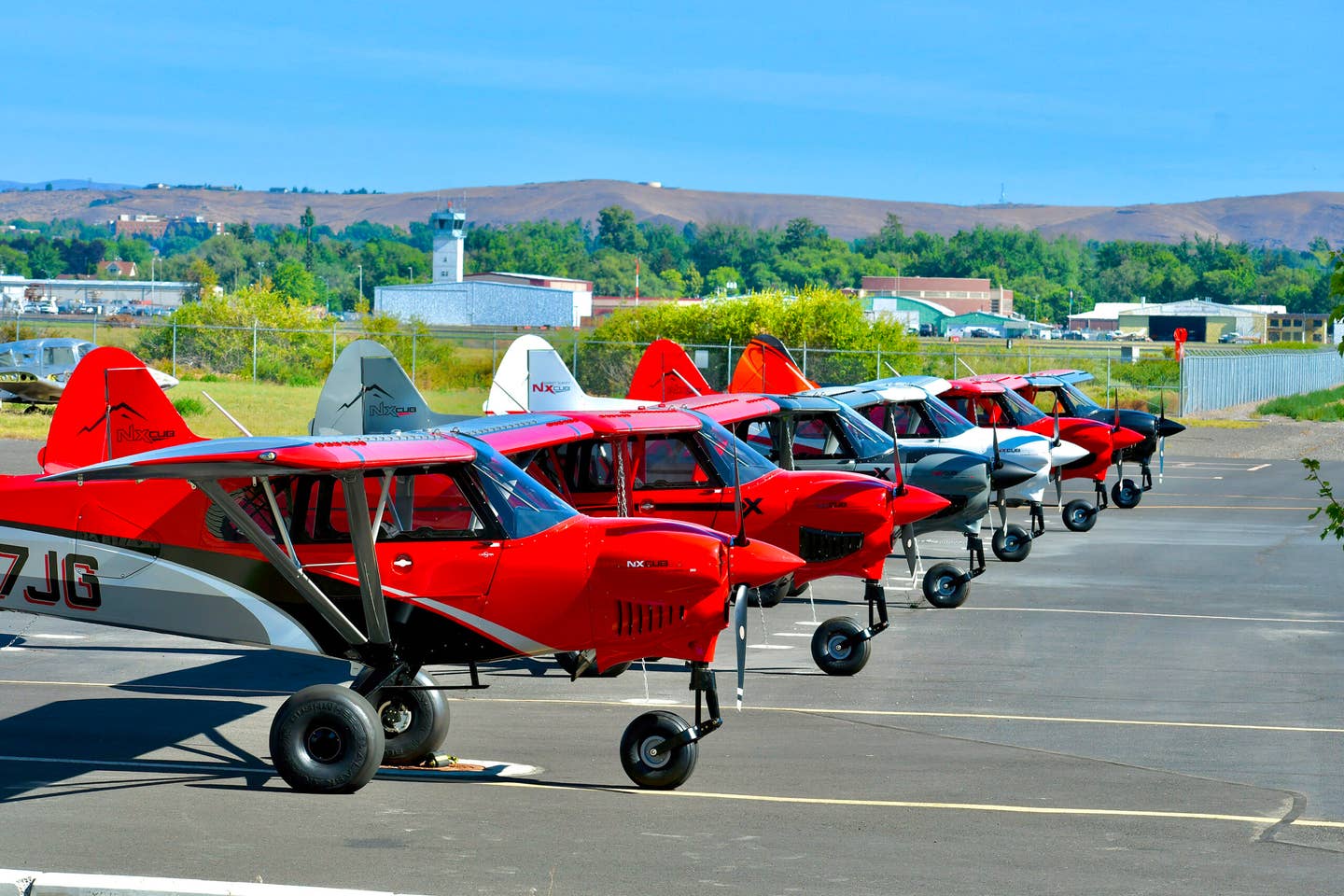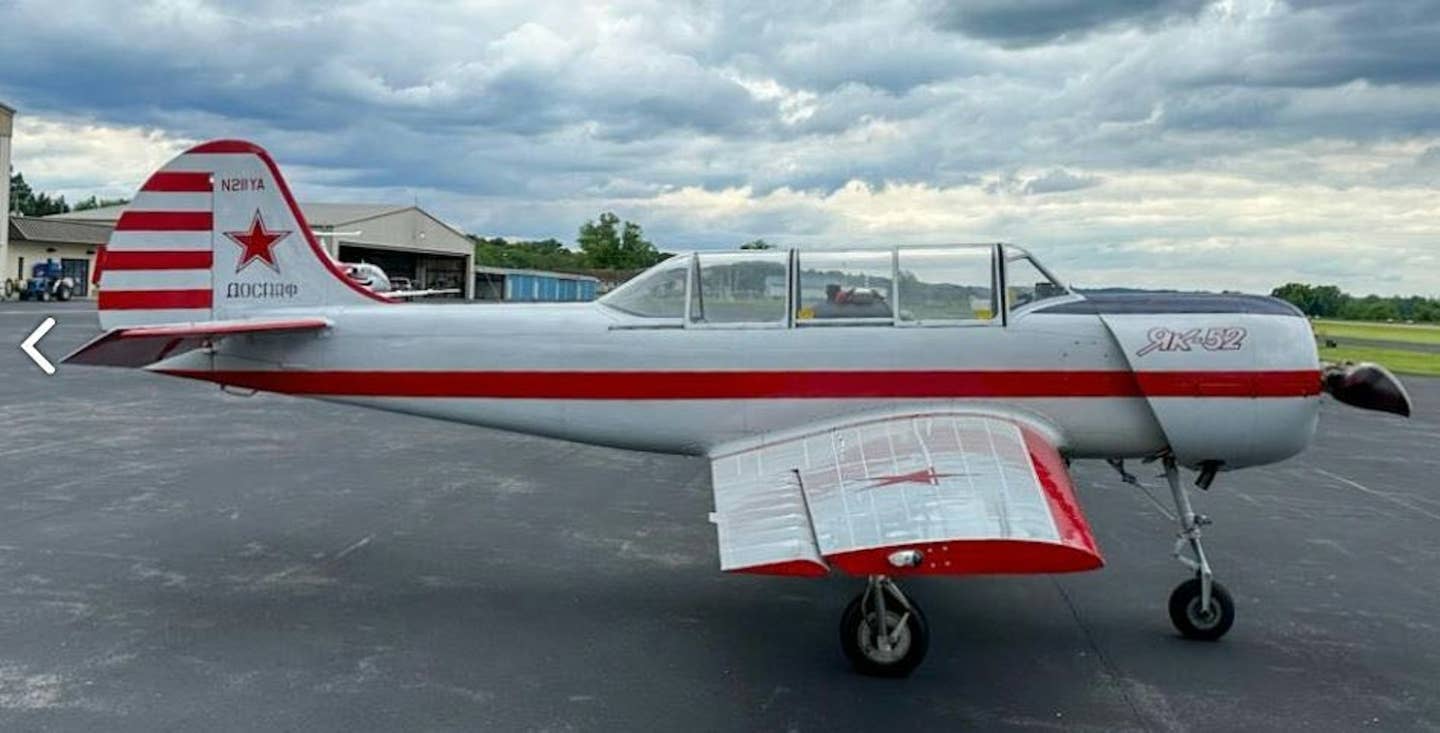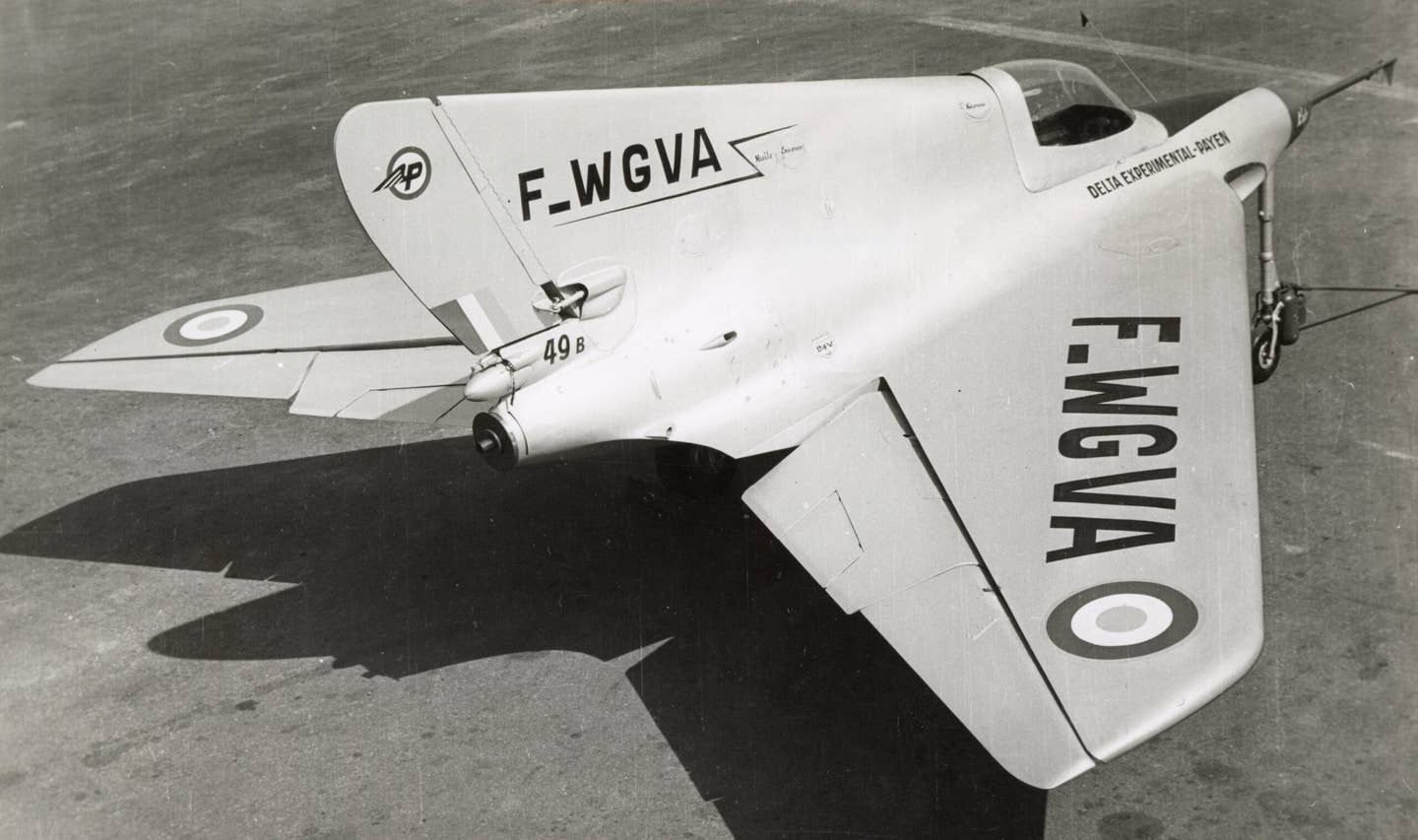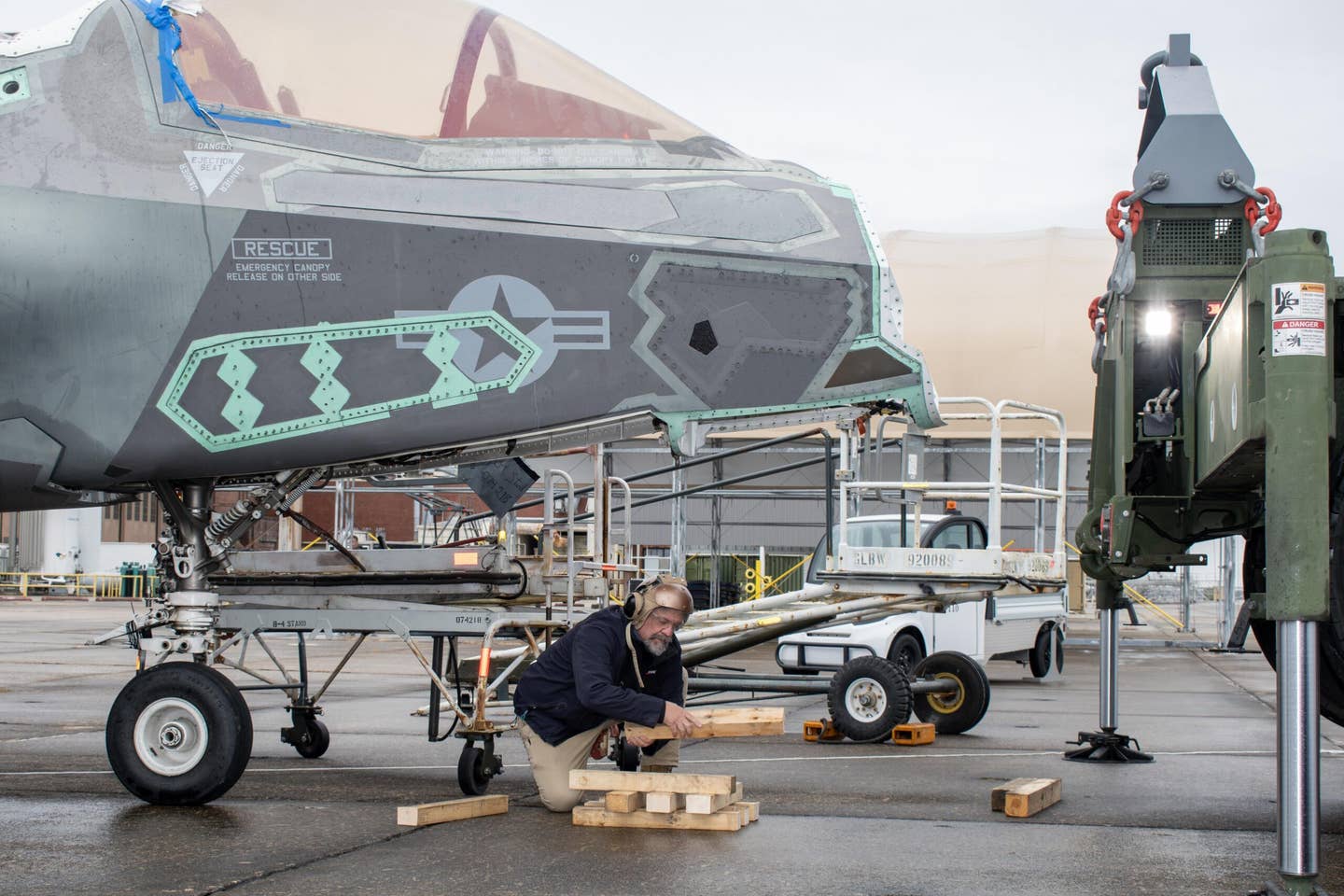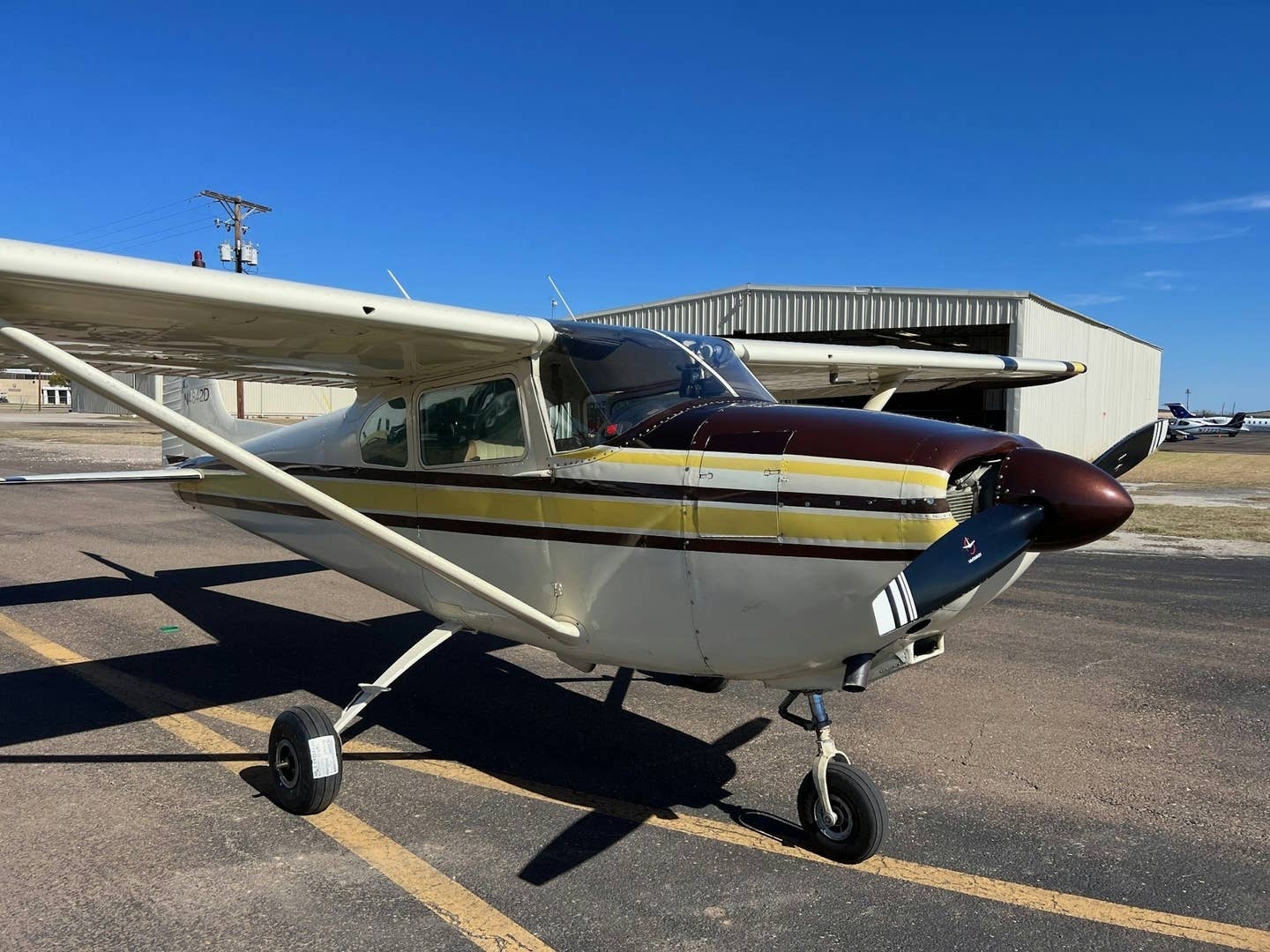The P-3 Orion Helps the Feds Seize Over 77 Tons of Illegal Drugs
The Air and Marine Operations unit of the U.S. Customs and Border Protection (CBP) has worked with its federal and international partners to seize 121,667 pounds of cocaine and 33,226 pounds of marijuana in international waters.
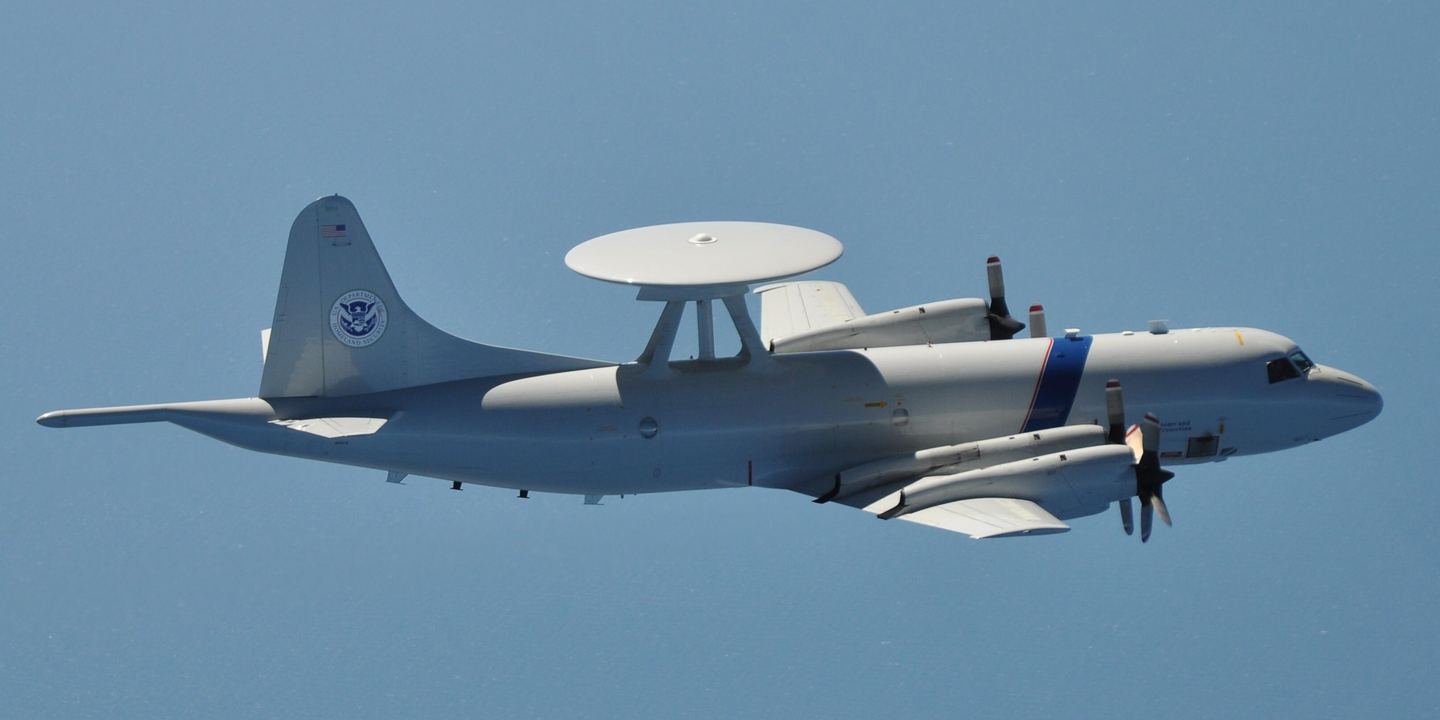
The Air and Marine Operations (AMO),an operational unit of the U.S. Customs and Border Protection (CBP) agency, is helping keep illegal drugs off the streets. The AMO reported at the end of August that, through just three fiscal quarters of 2022, it worked with its federal and international partners to seize 121,667 pounds of cocaine and 33,226 pounds of marijuana in international waters. That’s an estimated $2.4 billion in illegal transactions the agency said it’s blocked.
The AMO’s efforts were successful in large part because of its aviation and maritime law enforcement expertise, equipment, and intelligence. The unit has 1,800 federal agents and mission support personnel, 240 aircraft, and hundreds of marine vessels that operate throughout the United States, Puerto Rico, and the U.S. Virgin Islands, making the AMO the largest aviation and maritime law enforcement agency.
The AMO’s Drug-Busting P-3 Aircraft
The aircraft that serve the AMO mission are Lockheed’s P-3 Orions. The four-engine turboprops perform maritime patrol, reconnaissance, anti-surface warfare, and anti-submarine warfare. The CBP uses P-3 Airborne Early Warning and Long-Range Tracker aircraft to conduct long-range aerial patrols and surveillance missions along the U.S. borders and in drug transit zones in Central and South America.
The P-3 is useful for air and marine operations because of its vast capabilities, especially for missions requiring extended overhead or airborne time that can last over 10 hours. In fact, according to Lockheed, the P-3 Orion has a certificated maximum endurance of 16 hours, but the CBP lists its variants as having a max endurance of 12 hours and a range of 4,000 nm. The aircraft is also known for its hemispheric range and its ability to operate in all weather and environmental conditions. This is a testament to why the National Oceanic and Atmospheric Administration (NOAA) also used a variant of the aircraft, the WP-3D Orion, for hurricane hunting.
Interdiction Agents
CBP says typically, its P-3 Airborne Early Warning (AEW) aircraft fly in tandem with the P-3 Long Range Tracker (LRT), where the P -3 AEW detects and tracks multiple targets, and the accompanying P-3 LRT intercepts, identifies, and tracks those targets. Pilots of the agency’s P-3s are referred to as interdiction agents and are a lesser known but highly sought-after pilot pathway. The crew usually consists of eight personnel: the pilot, copilot, flight engineer, and radar/sensor operators.
To coordinate these operations, the AMO operates two P-3 National Air Security Operations Centers in Jacksonville, Florida, and Corpus Christi, Texas. Aircraft at the bases spread across North, Central, and South America borders to prevent drug smugglers or traffickers by using their long-range radar capabilities at known points where criminals are prone to penetrate the border. The CBP also said interagency cooperation is vital to capturing smugglers. For example, it said earlier this March that one of the P-3 aircraft from the Corpus Christi base detected a “suspect vessel near Panama City.” CBP noted that the aircrew notified international partners’ law agencies to intercept the vessel and seized 4,998 pounds of cocaine.
The CBP: Pilots wanted
In its recent report, the CBP said, “narcotic seizures involving AMO’s P-3 crew operations have increased through the third quarter of fiscal year 2022 compared to the previous fiscal year.” Furthermore, it says cocaine seizures comprise 86 percent of cocaine seizures throughout fiscal year 2021, and marijuana seizures through the end of June totaled 81 percent of the previous fiscal year’s seizures. In fiscal year 2021, AMO said its enforcement actions resulted in 1,119 arrests and the seizure or disruption of 324,772 pounds of cocaine, 779,725 pounds of marijuana, 18,548 pounds of methamphetamine, 900 weapons, and $73.3 million.
The agencies have also been watching for the smuggling of fentanyl by the cartel. The AMO dashboard shows that the 1,108 pounds of fentanyl confiscated this year outruns the 786 pounds retrieved in all of 2021. Fentanyl is a synthetic opioid that is 50 times stronger than heroin and 100 times stronger than morphine, according to the Drug Enforcement Administration (DEA).
On a typical day, the CBP says it conducts 74 Air and marine operations. The agency needs qualified pilots to do this work. To boost its recruitment efforts, the agency will hold a virtual Fall Career Expo on Tuesday, September 13, and is looking for entry-level and experienced law enforcement professionals, including pilots. In a statement, Assistant Commissioner of Human Resources Management Andrea Bright said, “CBP and law enforcement agencies across the country are facing unprecedented challenges in hiring and recruiting.” She said CBP would offer special salary rates for its Air Interdiction Agents (Pilots).

Sign-up for newsletters & special offers!
Get the latest FLYING stories & special offers delivered directly to your inbox


